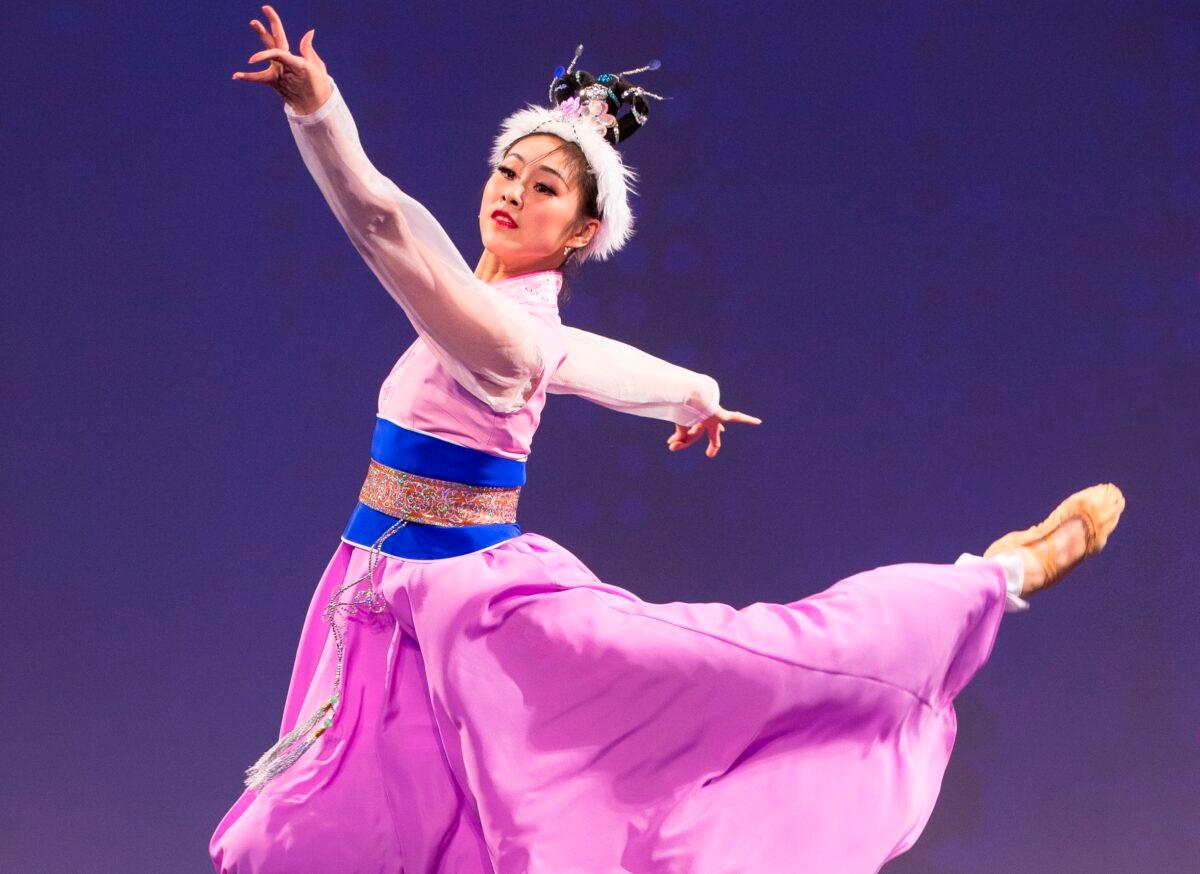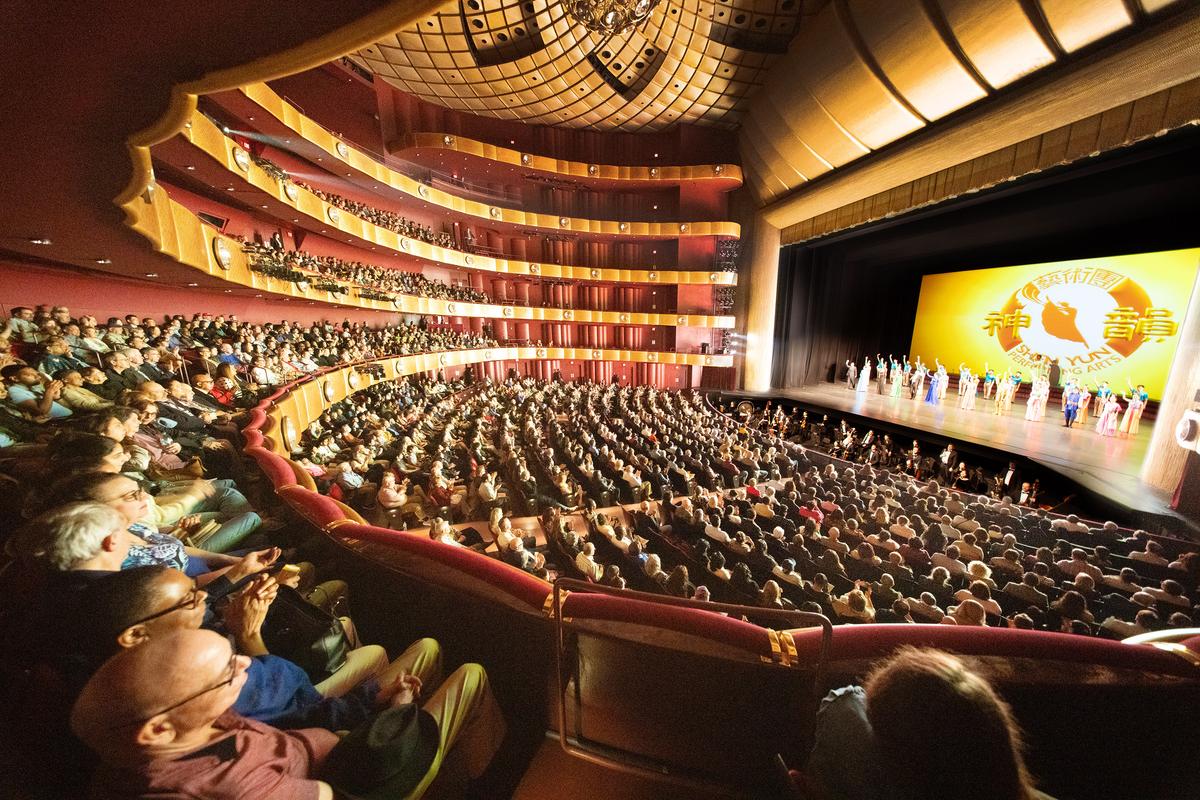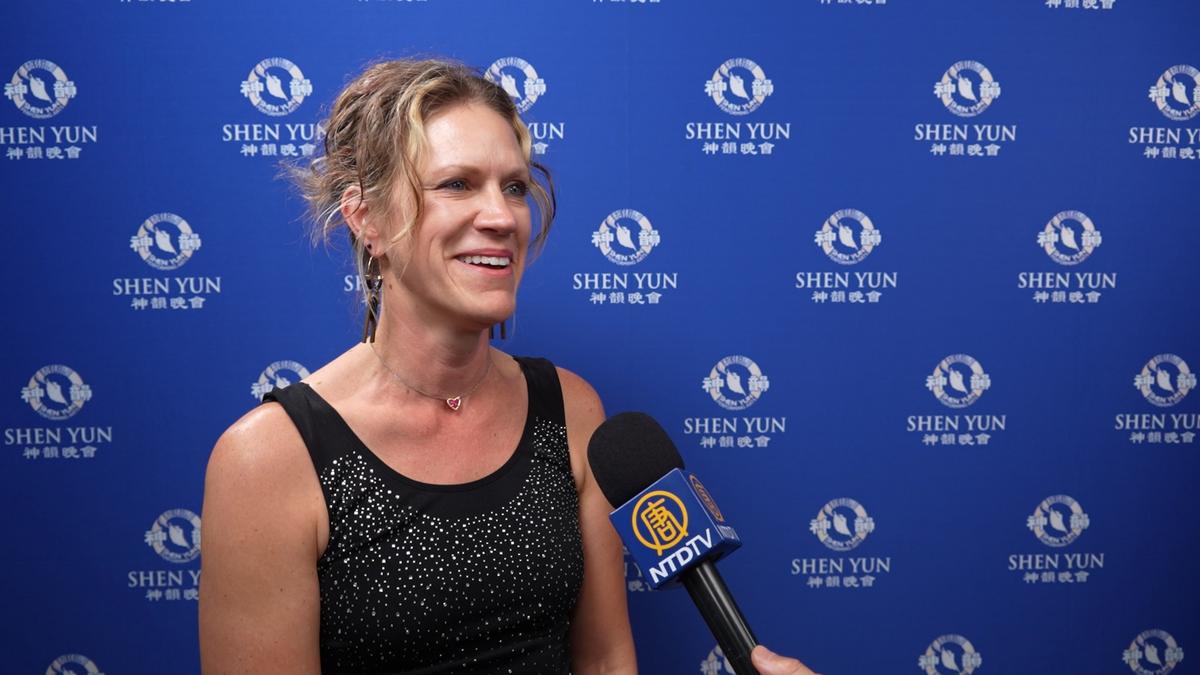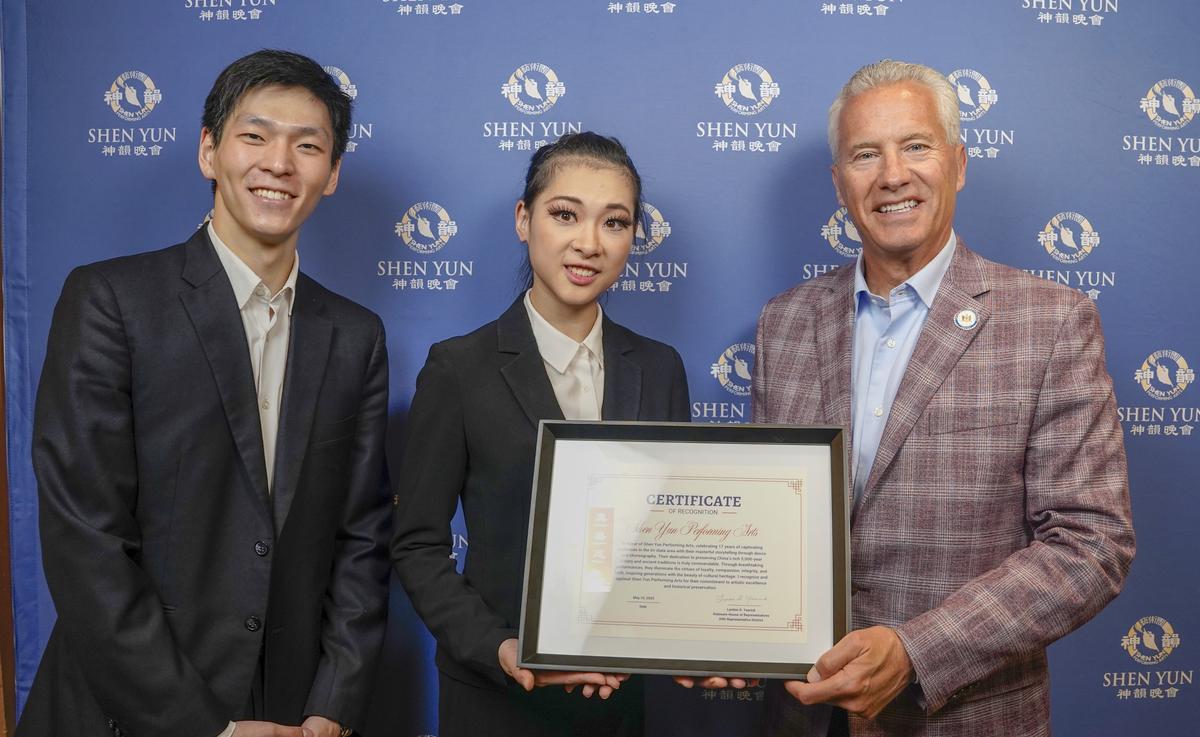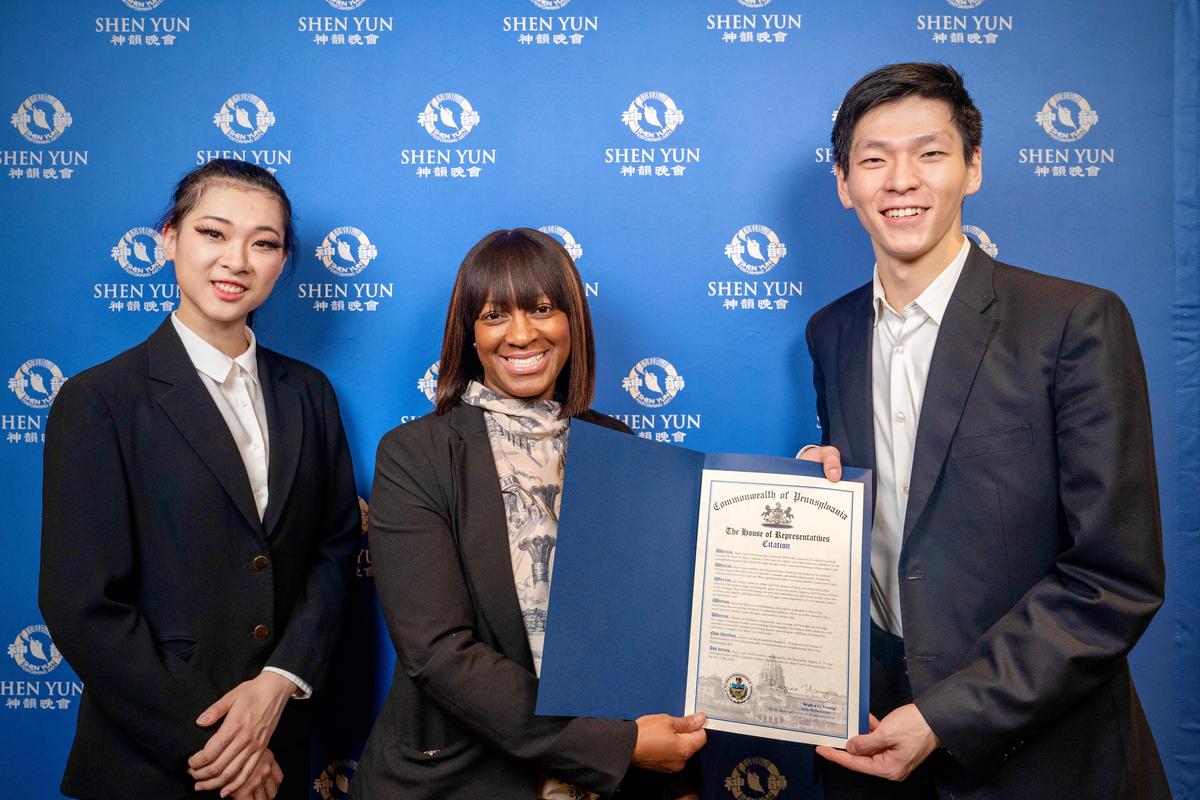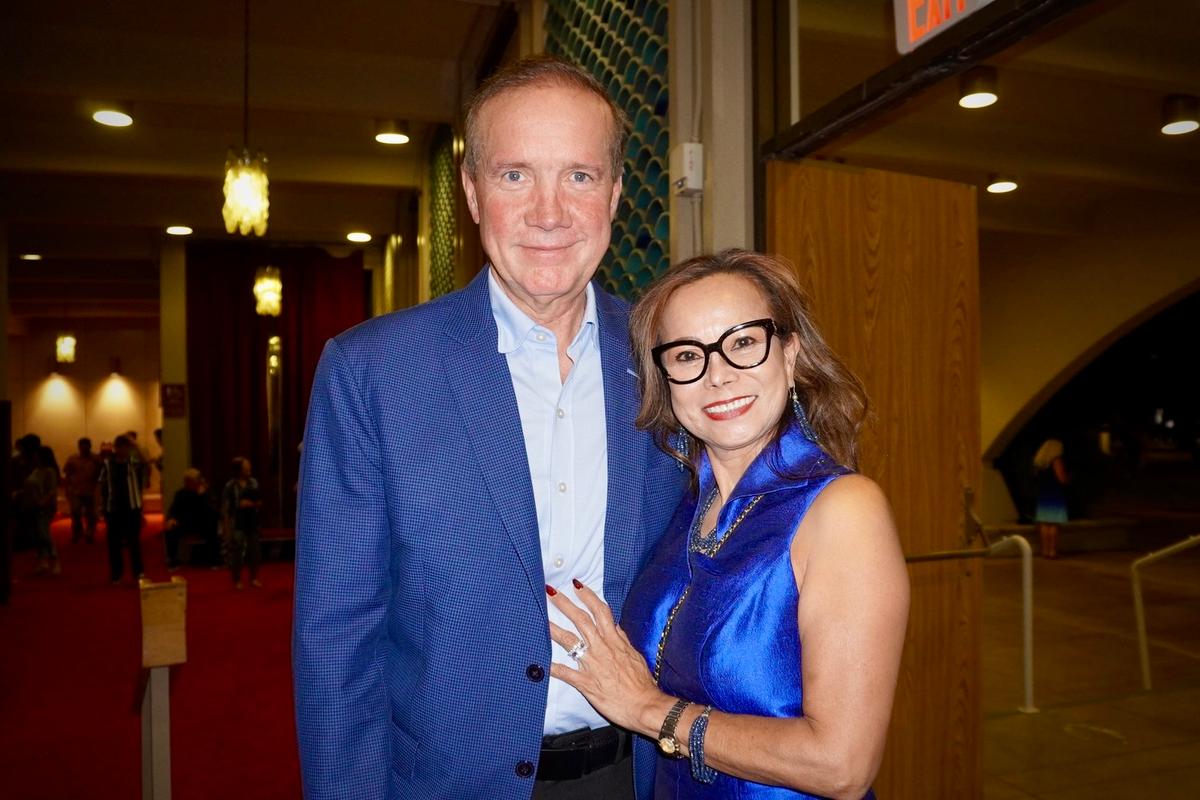MIDDLETOWN, N.Y.—Angela Xiao is what you’d call gifted. Difficult dance moves and elaborate new sequences come easily to her, often on the first try.
For a long time, she didn’t give this much thought, she said; she’s a go-with-the-flow type of person. But in recent years, she discovered that beneath the casual veneer lay various fears. And in order to rise to the next level artistically, she needed to face them.
“You have to try your best,” Xiao said. “The better way to approach things is, during the process, you try your best, and then whatever the result, you look at it lightly.”
“Oftentimes, it’s pretty easy to do the opposite—you think of the results, but you don’t consider the process as much,” Xiao said.
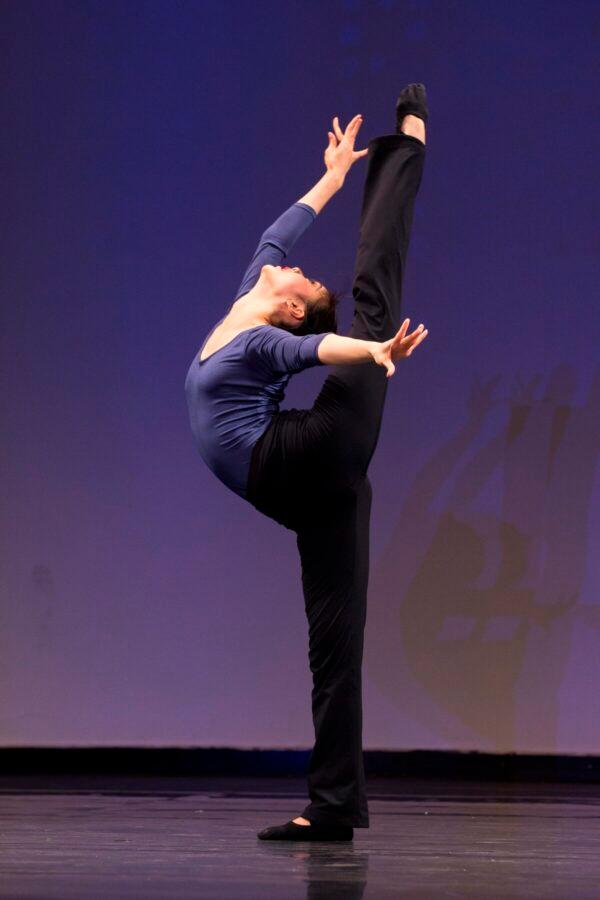
“Actually, when I was much younger, I loved piano. But one day, the piano in our house was gone, and my parents asked, ‘Do you want to dance?’ So I started taking Chinese dance,” Xiao said. She took to it almost effortlessly, so pursuing dance professionally became an easy decision as well. Not many can say that about this rarefied field.
“I just thought that I was so awkward,” Xiao said. “Over time, I realized acting is easy. … You’re always thinking of how to be the character more.”
It was the first of her fears that she would face. In a way, being self-absorbed stemmed from fear too, Xiao said. It’s easy when you’re self-centered to feel like you can’t do something, or let your worries about what others will think of you get in the way. Realizing this, she also had to face the fact that because most moves came easily, she would just brush aside the ones that didn’t. She had to face self-defeating thoughts head-on, accept herself, and then push through to make fundamental changes.
From the Heart
Being in a community of peers who are also pursuing excellence in their craft, with supportive instructors and staff, changed the way Xiao thought about everything.“When you’re really absorbed into what you’re thinking of all the time, you don’t really realize what other people have done for you, all the help and support we give to each other,” she said.
When she felt awkward and embarrassed the first time she had to act, it was because she felt like she was alone. “But even if you’re doing something by yourself, there’s always people supporting you, behind you. You won’t exactly be alone. And—it’s not about you.”
It’s been a fulfilling part of her growth. For Xiao, empathy and imagination are key to bringing the otherworldly, mythical, ancient figures to life.
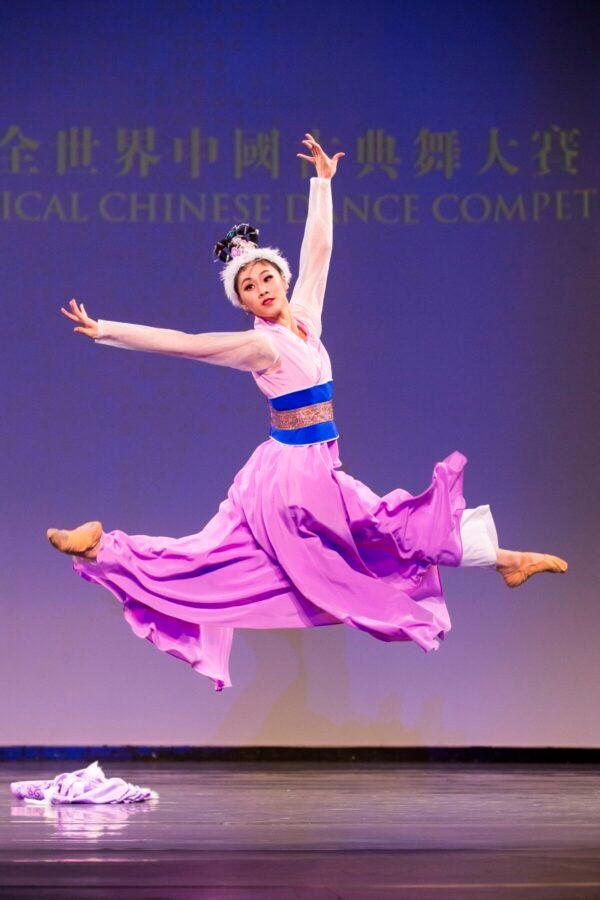
“You have to put into consideration what character you’re portraying and what each move actually means,” she said. The same stock gesture when performed by a Taoist sage will not even look to be the same move when it is performed by a lady. “Being able to understand what you’re trying to say and what you want to portray is really important. Your imagination is important. You have to think of how it should feel.”
But the most important thing for her as an artist is “to dance from your heart,” she said.
“Classical Chinese dance is about bringing to life the inner world of the characters,” Xiao said. It’s the most unique aspect of the art, and the one that takes the longest to grasp. Nothing can be faked.
“Dancing is something in which you can’t hide,” she said. “Each person, your personality shows onstage no matter how you try to hide it.”
“I feel like there’s a lot to learn. There’s always something to discover,” Xiao said.


